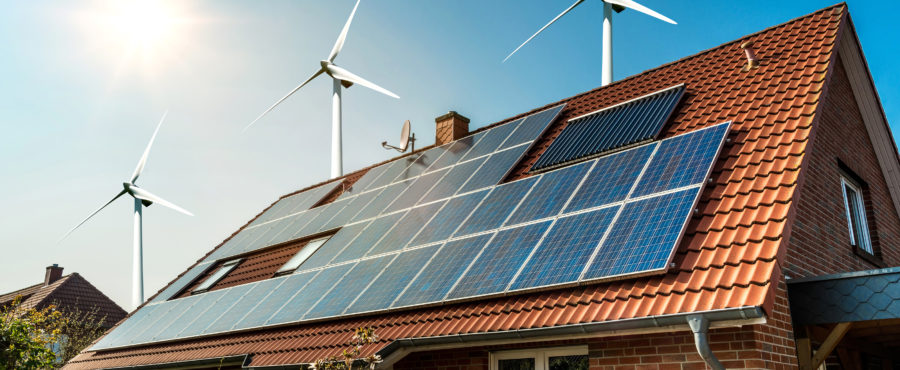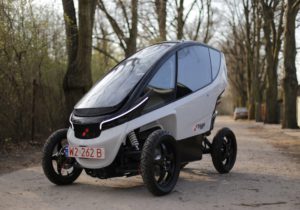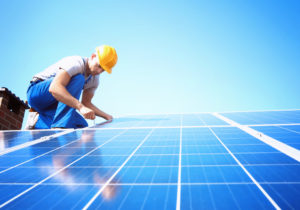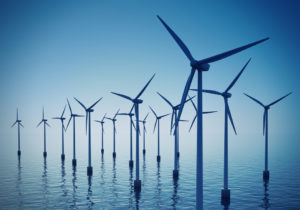
Environment-friendly technologies which enable generation of electrical and heat energy are gaining popularity. Not only because of the growing pro-ecology trend, but also because of the possibility to generate long-term savings.
As presented in report “Wallet of a Statistical Pole 2018” (Portfel statystycznego Polaka 2018)[1], a monthly electricity bill of an average household in Poland totals 193 PLN. However, prices of natural resources and energy are growing all over the world. Although state subsidies have led to a situation where Poles do not really feel the burden of the price increase in their wallets, it is already a time when one should consider some money-saving investments. One of the ideas to make positive changes to our household budget may be alternative energy sources, whose popularity is growing dynamically. According to the Energy Market Agency (ARE S.A.), in June 2019, generation of electricity by solar panels increased by 233 per cent y/y.
Energy-saving houses cut electricity bills
Energy demand of buildings has been dropping gradually. This particularly applies to heat energy, which results from the growing popularity of passive and energy-saving houses. Compared to traditional housing, such constructions boast much better insulation, which makes them need much less energy for heating. “Heating a “normal” house frequently requires over 80 kWh/m² a year, while heating an energy-saving house – from 15 to 40 kWh/m². A passive building uses less than 15 kWh/m², which means it needs only 20 per cent of energy required for heating a traditional house,” says Anna Żyła, Chief Ecologist in Bank Ochrony Środowiska.
Growing popularity of heat pumps
A concept that may prove fine also in older buildings, though only after insulation enhancements, is a heat pump. Popularity of this solution is continuously growing. In 2010 there were 31,445 such devices operating in Poland, while in 2018 there were already 194,130, which represents an increase by over 500 per cent[2]. “The pumps’ advantage is that they heat houses (air from outside is heated by compressed gas) and water. Modern devices may also cool the house. Additionally, when choosing to power the system by solar panels, for instance, we end up with nearly free-of-charge heating, because the energy powering up the heat pump comes from our own local power generating system,” explains Anna Żyła.
Heat pumps are also characterised by longevity (even 50 years)[3] and are easy to maintain (there is no need to perform maintenance activities with the device everyday, like in the case of coal stoves). The most important thing is that the return on such an investment is quick – according to calculations presented at kotły.pl website, even as short as 5-7 years. One must, however, remember that such systems, given a relatively low temperature of water in the system, will prove best in houses with surface heating systems (underfloor, wall or ceiling heating).
Energy-saving homes with heat pumps need electricity. One of the most popular, environment-friendly solutions, genuinely blooming today is photovoltaics. This technology deserves special attention, though its cost starts at a dozen thousand PLN (a small system of about
3 kW). However, every generated kilowatt a year may bring about 500 PLN in savings. The market also appreciated the simplicity and quick installation of such a system, which usually lasts no more than 2 days. Solar panels are usually mounted on the roofs of buildings, so there is no need to arrange for any extra space for the device. One must, however, remember that if the system’s capacity is to exceed 6.5 kW, it will be necessary to adjust the house design to comply with fire regulations.
Financing opportunities
Though installation of green energy and electric power technologies in our homes requires extra finances, the costs do not need to be that high. When constructing a home solar system, we may benefit from, for instance, a governmental program called “My current” (Mój Prąd), subsidising up to 50 per cent (max. 5,000 PLN) of the total cost. When one decides to purchase a heat pump, one of the possibilities is to choose a commercial offer (e.g. Eco-borrowing from BOŚ Bank).
Source: Press release
[1] Krajowy Rejestr Długów Biuro Informacji Gospodarczej, „Koszty życia w Polsce. Edycja II, cz. 2”
[2] Stowarzyszenie Polska Organizacja Rozwoju Technologii Pomp Ciepła (Polish Organisation for the Development of Heat Pumps Association), „Raport rynkowy PORT PC: Pompy ciepła 2019” (PORT PC Market Report: Heat Pumps 2019)
[3] „Dla kogo pompa ciepła? (Who needs a heat pump?), Kotły.pl, [https://kotly.pl/dla-kogo-pompa-ciepla/]




